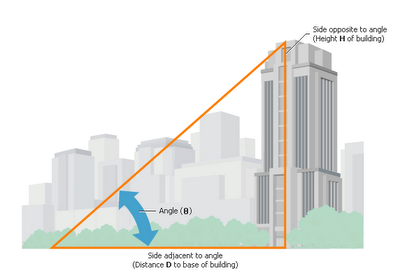In general, your best bet is to check out the first couple of chapters in The People's Physics Book. The questions at the end of the units & problem-solving chapter and the one-dimensional motion chapter are comperable to what you can expect to see on the exam.
Other helpful links for conceptual understanding and practice problems:
Stuff to know:
- Units, Scientific Notation, Significant Digits
- Distance vs. Displacement, Scalar vs. Vector
- Vectors, vector addition, Vector Diagrams
- Average Velocity, Constant Velocity, Instantaneous Velocity
- Free Fall, Up & Down Free Fall
Motion / Graphing Motion:
(Velocity, Distance, Acceleration)




